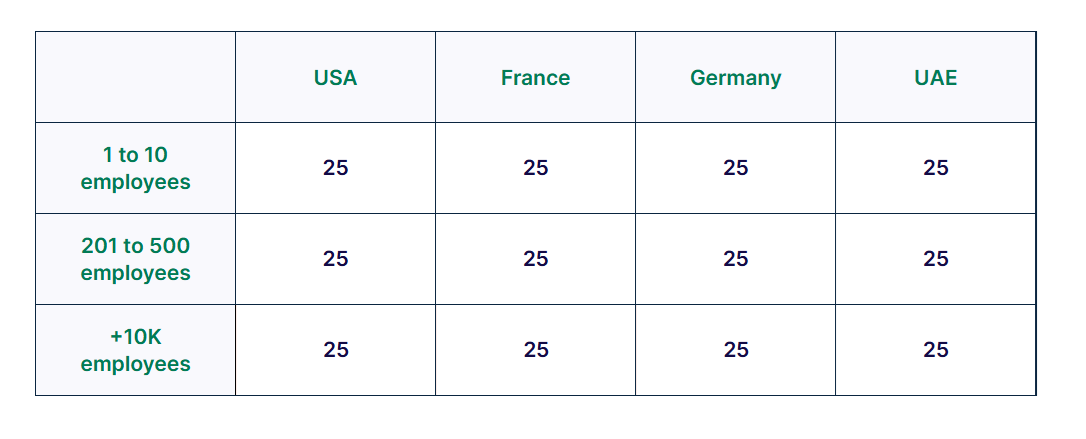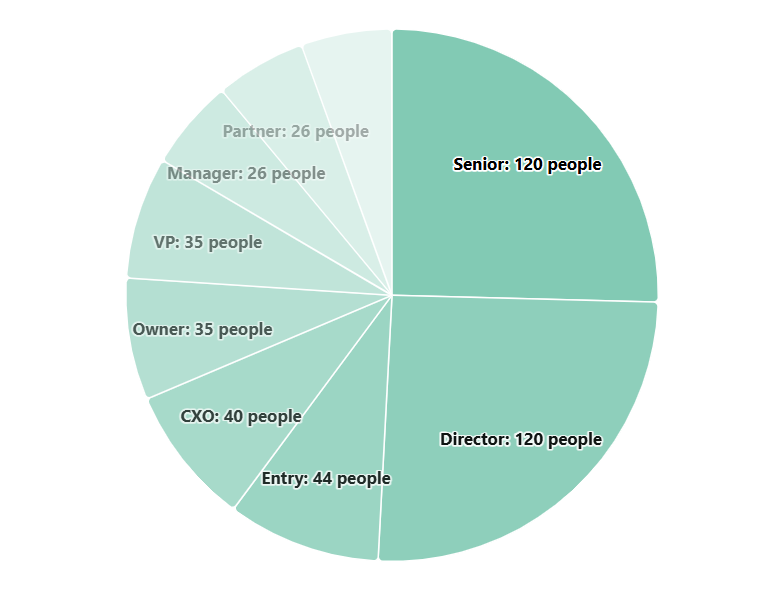The Best Email Finders in 2025
We've reviewed the leading email finders of 2025 to highlight what sets them apart. Transparent methodology, open-source data, and actionable insights for growth teams.
.png)
.avif)
10
300
40
768
Abstract
We have studied how well 10 email finders perform. Among them, notorious solutions such as Apollo, Lusha, Hunter, etc.
To do so, we have created a test file of 300 prospects, with the following input entries for each prospect: full name and company domain.
The file has been processed by all the email finders. We then measured the email discovery rate of each competitor.\
Disclaimer: this study has been conducted by Icypeas. To establish our good faith and prove the solidity of this study, we have fully documented our work. To know more about this, see the "Open Data" section.
Results
We benchmarked 10 email finders. Here is what we found out:
1. Find rate

Icypeas ties with Wiza and Dropcontact, at 79%.However, Icypeas has a significantly lower bounce rate compared to Wiza and Dropcontact, making Icypeasthe best email finderon the market.The market average performance stands at 74%.

2. Bounce rate
Of course, accuracy matters. Let's dive deep into the measurement of bounce rate:

Icypeas has the lowest bounce rate (1.33%), sharing the top spot with Enrow (1.33% too). The third-best performer is Apollo with 1.67%. The market average performance is 6%.

Methodology
We conducted the benchmark study as follows:
Step 1: Sampling
We created a sample of 300 prospects, randomly, using Linkedin. To get more information on the sample, see this dedicated section. This gave us a list of 300 individuals, identified with their first name, last name and company name. We are well aware that some sales teams are able to collect the company’s domains but we have decided to perform this benchmark on the most difficult input data, i.e. company names instead of domains.
Step 2: Enrichment
We have uploaded this 300-prospect list on the platforms we wanted to assess. Once the file was processed, we downloaded the enriched list. We calculated the “gross email discovery rate”, i.e. the number of found email addresses. We say it is a “gross” rate because at this stage it does not take into account the number of hard bounces. Some addresses given as valid will turn out to be invalid after the deliverability test in Step 3.
Step 3: Deliverability Test
To get the number of hard bounces, we sent an actual message to each email address, and we waited up to 3 days for an error notification. We sent 536 mails from 3 mailboxes. This gave us a "bounce rate" for each email finder. Good email finders must have a high gross email discovery rate with a small bounce rate.
General Guidelines
The web is full of benchmarks—some are trustworthy, others not. Here's a video to help you assess how credible a benchmark really is: what are the essential methodological criteria to look for?
Caveats
- It is important to keep in mind that each studied platform is likely to evolve in the future. its performance can increase or, sometimes, decrease over time. that’s why we repeat our benchmark on a yearly basis, in order to have fresh updated indicators.2022
- This study focuses on email discovery. Obviously, some competitors are more than Email Finders. Several solutions introduce themselves as "all-in-one" salestech platforms. They have a low email discovery rate but they perform well on other features: phone discovery, outreach campaigns, contact management, etc. This benchmark in no way denigrates the overall relevance of these platforms.
Sample Distribution
To create our 300-prospect list, we choose a keyword, randomly. We typed this keyword in the Linkedin Sales Navigator search bar. Then, we added both a "Geography" filter and a "Company headcount" filter, to make sure that our sample includes people from different areas (USA, France, Germany, UAE) and from companies of different sizes (1-10, 201-500, +10K employees). Finally, we scrapped these profiles.
Here is how our prospects are distributed along these constraints:

Also we observe that 228 prospects have more than 10 years of experience.
72 have less than 10 years of experience.
This distribution is not controlled.
Here is the seniority levels of our sample:

Open Data
We share our methodology and findings with full transparency, so you can reproduce the experiment on your own.
- You can download our input test file and repeat the experiment to double check the results.
- You can download the processed file for each competitor:
- Anymailfinder,
- Apollo,
- Dropcontact,
- Enrow,
- Hunter,
- Icypeas,
- Leadmagic,
- PeopleDataLabs,
- Prospeo,
- Wiza.
.avif)
.webp)